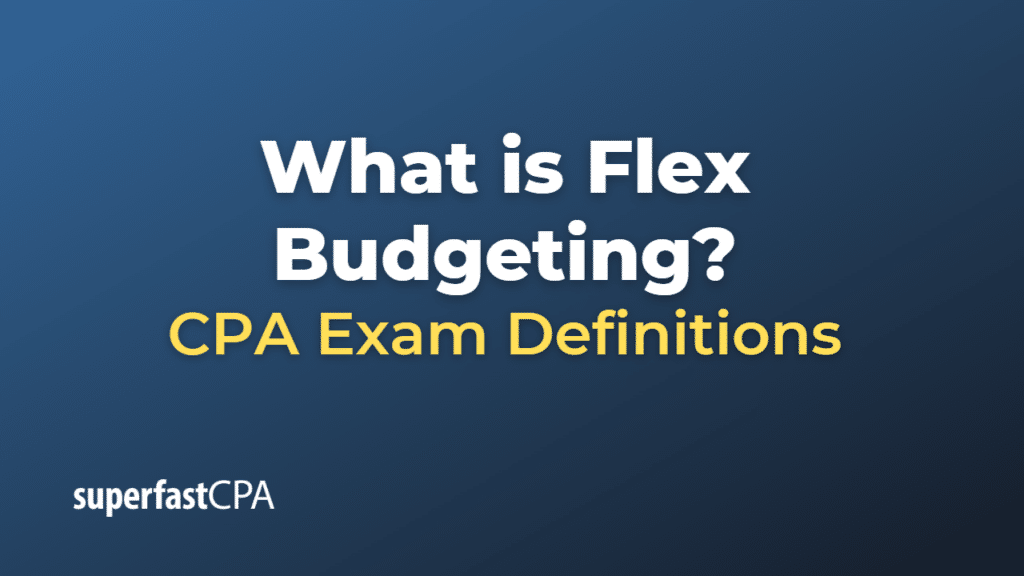Flex Budgeting
Flexible budgeting, also known as flex budgeting, is a budgeting technique where the budgeted amounts can change or “flex” depending on the actual level of activity or output. It differs from a static budget, which remains the same regardless of actual business activity.
Flexible budgets are often used in businesses where costs are closely tied to levels of production or sales. They allow managers to better assess performance by comparing actual results to what the results should have been given the actual level of activity during a period.
For instance, a manufacturer would naturally expect to have higher production costs when producing more units. A flexible budget would take this into account and set higher cost budgets for periods of higher production and lower cost budgets for periods of lower production. This provides a more accurate benchmark for performance evaluation than a static budget would.
In essence, a flexible budget adjusts the static budget to reflect the actual level of business activity, making it a more useful tool for assessing operational performance. It is an effective tool for cost control and performance evaluation within a company as it takes into consideration the variability of costs with different levels of activity.
Example of Flex Budgeting
Let’s consider an example of a manufacturer who produces widgets.
The company has certain costs that are variable – that is, they change based on the level of output. This might include direct materials and direct labor, which increase as more widgets are produced.
Suppose that the company prepares a static budget at the beginning of the year based on an expected output of 10,000 widgets per month. They budget $5 in variable costs per widget, so they budget $50,000 per month ($5/widget x 10,000 widgets) in variable production costs.
Scenario 1 – Higher Production Level
In May, the company has a surge in demand and produces 12,000 widgets. Under a static budget, they would still compare their actual costs to the original budget of $50,000. But this wouldn’t be a fair comparison, as they’ve produced more widgets than initially planned.
So instead, they use a flexible budget. They still budget $5 in variable costs per widget, so for May, they flex the budget to $60,000 ($5/widget x 12,000 widgets).
Scenario 2 – Lower Production Level
In June, the company experiences a slow period and only produces 8,000 widgets. Again, comparing their actual costs to the static budget of $50,000 would be misleading, as they’ve produced fewer widgets.
So they adjust the budget down to $40,000 ($5/widget x 8,000 widgets) to reflect the lower level of activity.
By using a flexible budget, the company can make more accurate comparisons between their budgeted costs and their actual costs, taking into account the level of output. It also helps in identifying variances in the budget and assists management in controlling costs effectively.













